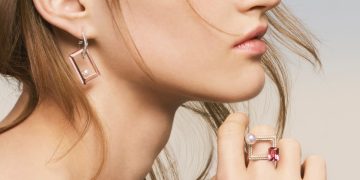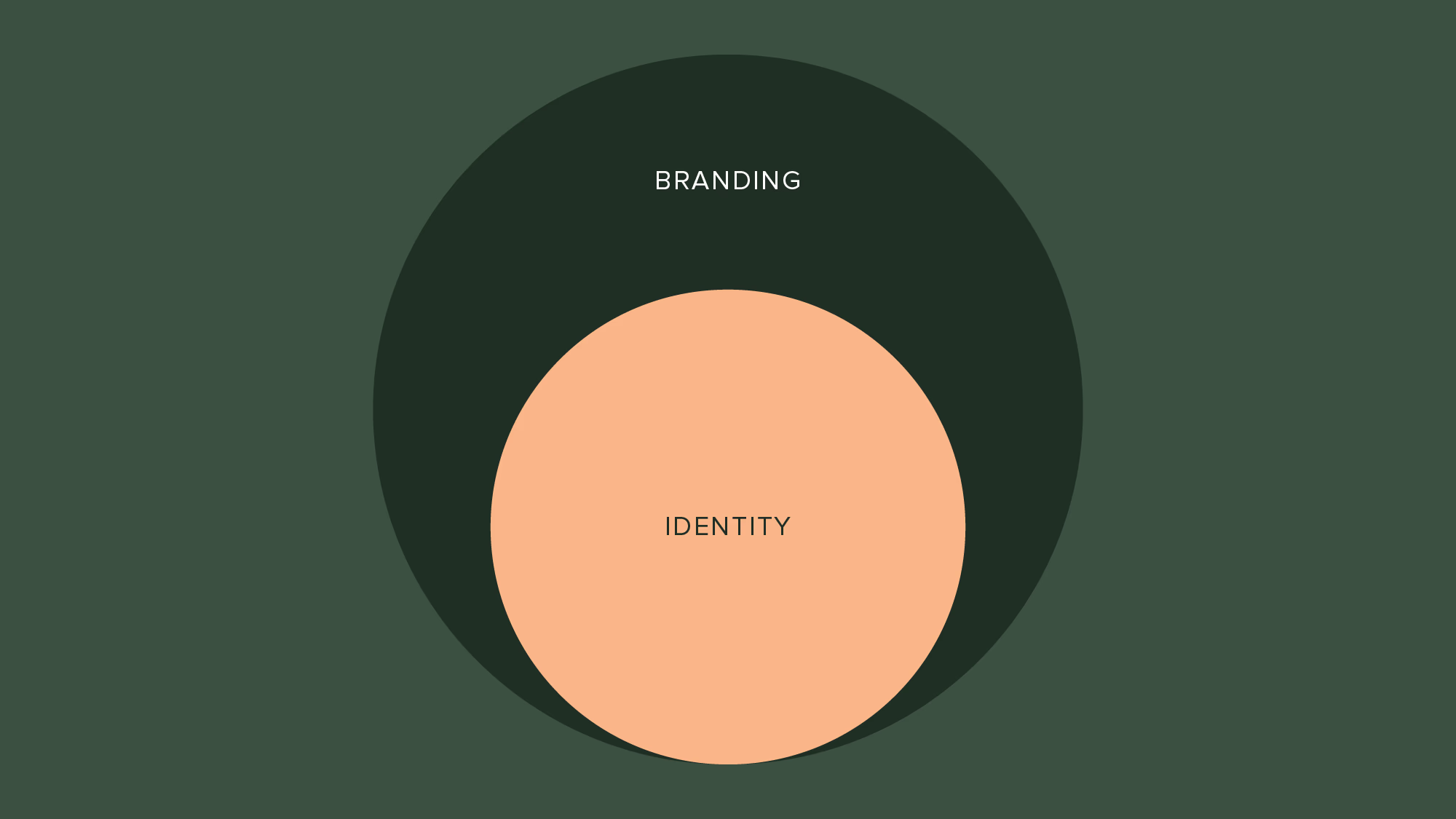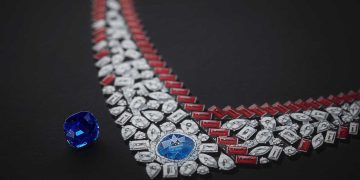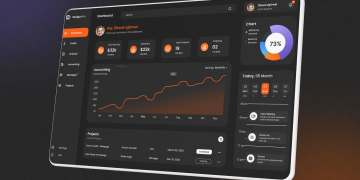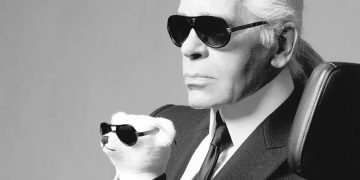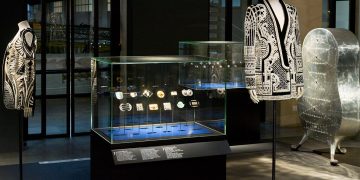In today’s fast-paced world, the importance of product design cannot be overstated. It is the silent ambassador of a brand’s personality, influencing consumer perception and loyalty in ways we often underestimate. But here’s the catch: many brands overlook the subtle but powerful role that design plays in communicating their identity. Your product design isn’t just about functionality or aesthetics – it’s a reflection of who you are as a brand, what you stand for, and how you want customers to feel when they interact with your products.
In this article, we’ll dive into the vital connection between product design and brand personality. We’ll explore how thoughtful design choices can strengthen your brand identity, the mistakes to avoid, and actionable tips to ensure your design is an accurate and compelling representation of your brand’s personality.
Table of Contents
- The Power of Product Design in Branding
- What Is Brand Personality?
- How Product Design Reflects Brand Personality
- Visual Elements
- Functionality and User Experience
- Materials and Sustainability
- Common Pitfalls in Product Design and Branding
- Overcomplicating the Design
- Inconsistent Messaging
- Designing with Purpose: How to Align Your Product with Your Brand’s Personality
- Step 1: Understand Your Brand Core Values
- Step 2: Develop a Design Language
- Step 3: Consistency Across All Touchpoints
- Case Studies: How Leading Brands Nail Their Product Design
- Conclusion
- Image Keywords for Inspiration
1. The Power of Product Design in Branding
Product design is far more than just the shape, size, or color of a product. It’s a critical part of a brand’s visual and emotional appeal. Research suggests that people make snap judgments about a brand based on its design. These judgments are made in less than 10 seconds, yet they can shape the entire customer experience.
Good product design speaks to the audience in a language beyond words. It’s about creating an intuitive, enjoyable experience that resonates with the consumer on a deeper, emotional level. Whether your brand is fun and youthful, professional and polished, or adventurous and innovative, the product design should visually and tactically express those traits.

Think about Apple’s sleek, minimalist design. It’s not just an aesthetic choice, but a reflection of the brand’s ethos: simplicity, innovation, and sophistication. Every product, from the iPhone to the MacBook, embodies these principles through clean lines, intuitive interfaces, and a focus on the user experience.
2. What Is Brand Personality?
Brand personality refers to the set of human traits attributed to a brand. Just like people, brands can be perceived as having distinct personalities that influence how consumers interact with them. Is your brand energetic and youthful, or calm and sophisticated? Understanding your brand’s personality is essential because it guides how you communicate with your audience, both through words and visuals.
A strong brand personality connects with consumers on an emotional level, creating loyalty and trust. It goes beyond logos or slogans and is reflected in every interaction – including product design.
There are five key dimensions of brand personality, according to Jennifer Aaker’s Brand Personality Framework:
- Sincerity: Down-to-earth, honest, and wholesome brands (e.g., Patagonia).
- Excitement: Daring, spirited, and imaginative brands (e.g., Red Bull).
- Competence: Reliable, intelligent, and successful brands (e.g., IBM).
- Sophistication: Elegant, prestigious, and refined brands (e.g., Chanel).
- Ruggedness: Tough, outdoorsy, and masculine brands (e.g., Harley-Davidson).
Knowing your brand’s personality will inform every design choice you make, ensuring that your products resonate with your target audience.
3. How Product Design Reflects Brand Personality
Product design is an extension of your brand’s personality. Every element – from the color palette to the materials used – sends a message about your brand’s identity. Let’s break it down into three key areas:
Visual Elements
The visual components of product design—such as color, shape, texture, and typography—are the most immediate and obvious ways your brand personality is communicated. For example, vibrant colors and playful shapes might be perfect for a brand that wants to project energy and creativity (think LEGO). On the other hand, minimalist design with neutral tones communicates sophistication and timelessness, ideal for luxury brands like Rolex.
- Color: Each color evokes different emotions. Warm colors like red and orange suggest excitement and energy, while cool tones like blue and green are calming and professional.
- Shape: Curved lines often evoke feelings of friendliness and approachability, while sharp angles can convey a sense of precision or professionalism.
- Typography: The choice of font tells a lot about a brand’s identity. Serif fonts often suggest tradition and reliability, while sans-serif fonts feel modern and fresh.
Functionality and User Experience
Functionality is an often-overlooked aspect of product design that can also reflect your brand personality. How a product performs, how easy it is to use, and how well it meets the needs of the user can shape the perception of your brand. A product that is intuitive to use and solves a problem quickly is likely to convey efficiency and reliability, while a product that requires complex interaction might align with a brand that values complexity or cutting-edge innovation.
For example, Dyson’s vacuum cleaners are not just powerful—they’re also designed to be intuitive and easy to use, which speaks to the brand’s commitment to both performance and simplicity. Apple’s seamless ecosystem of devices communicates a similar message: design that’s both beautiful and functional.
Materials and Sustainability
Today’s consumers are increasingly conscious of sustainability, and the materials used in your product design can communicate your brand’s environmental values. Brands that emphasize eco-friendly or ethically sourced materials reflect a commitment to sustainability, which is an essential part of their personality. A brand like Tesla, for instance, is aligned with innovation and environmental responsibility, reflected in both its products and the materials used in its cars.
When you choose sustainable materials or focus on creating products that are built to last, you send a clear message about your values and personality. Is your brand conscious of the planet’s well-being? Do you want to portray a sense of innovation, responsibility, or high-end luxury? Your material choices can enhance that messaging.
4. Common Pitfalls in Product Design and Branding
Designing a product that aligns with your brand personality is not without its challenges. Here are some common pitfalls to avoid:
Overcomplicating the Design
While it’s tempting to make a product stand out with complex designs or an abundance of features, sometimes less is more. Overcomplicated designs can detract from your brand’s message and confuse the user experience. Consumers often gravitate toward simplicity and clarity. A cluttered design might suggest that your brand lacks focus or that you’re trying too hard to impress.
Inconsistent Messaging
Inconsistency is one of the fastest ways to weaken your brand identity. If your product design doesn’t align with the messages conveyed in your marketing materials or the tone of your communications, customers will feel confused or misled. Consistency across all touchpoints—from your product design to your website to your social media presence—is key to establishing a cohesive brand personality.
5. Designing with Purpose: How to Align Your Product with Your Brand’s Personality

To ensure your product design accurately reflects your brand’s personality, follow these steps:
Step 1: Understand Your Brand Core Values
Before you can begin designing, you need a deep understanding of your brand’s core values. What does your brand stand for? What emotions do you want to evoke in your customers? What are your brand’s key characteristics? Define these first, and every design decision you make will have a strong foundation.
Step 2: Develop a Design Language
A design language is a cohesive set of design elements—colors, shapes, textures, materials, and more—that all communicate the same brand personality. Your design language should be flexible enough to work across various products and touchpoints, but strong enough to remain consistent.
Step 3: Consistency Across All Touchpoints
Every interaction a customer has with your brand should feel like a continuation of the same experience. Whether they’re browsing your website, interacting with your app, or holding your product, there should be no disconnect. Consistency in design helps build trust and reinforces your brand identity.
6. Case Studies: How Leading Brands Nail Their Product Design
Apple: Simplicity and Elegance
Apple’s product design is a masterclass in minimalist elegance. From the first iPod to the latest iPhone, Apple has maintained a consistent design ethos that focuses on simplicity and sophistication. The use of clean lines, premium materials, and an intuitive user experience reflects the brand’s commitment to innovation and premium quality.
Nike: Performance and Inspiration
Nike’s product designs emphasize performance, with sleek, ergonomic shapes and advanced materials that enhance the user experience. At the same time, the brand’s iconic “swoosh” and bold color schemes reflect its personality of motivation, empowerment, and athletic excellence.
Ikea: Affordable and Functional Design
Ikea’s product design is rooted in the brand’s personality of simplicity, functionality, and affordability. The clean, modular designs are perfect for urban living spaces, while the DIY assembly process speaks to the brand’s commitment to offering affordable and practical solutions to its customers.
7. Conclusion
Your product design is much more than just an aesthetic or functional consideration—it’s a direct reflection of your brand’s personality. By understanding your brand’s core values and translating them into design choices that are consistent, intentional, and aligned with your target audience’s expectations, you can create a powerful connection between your products and your consumers.
When your product design is aligned with your brand’s personality, it doesn’t just become a commodity—it becomes a meaningful expression of who you are as a brand. So, next time you design a product, ask yourself: “Does this reflect who we truly are?”






